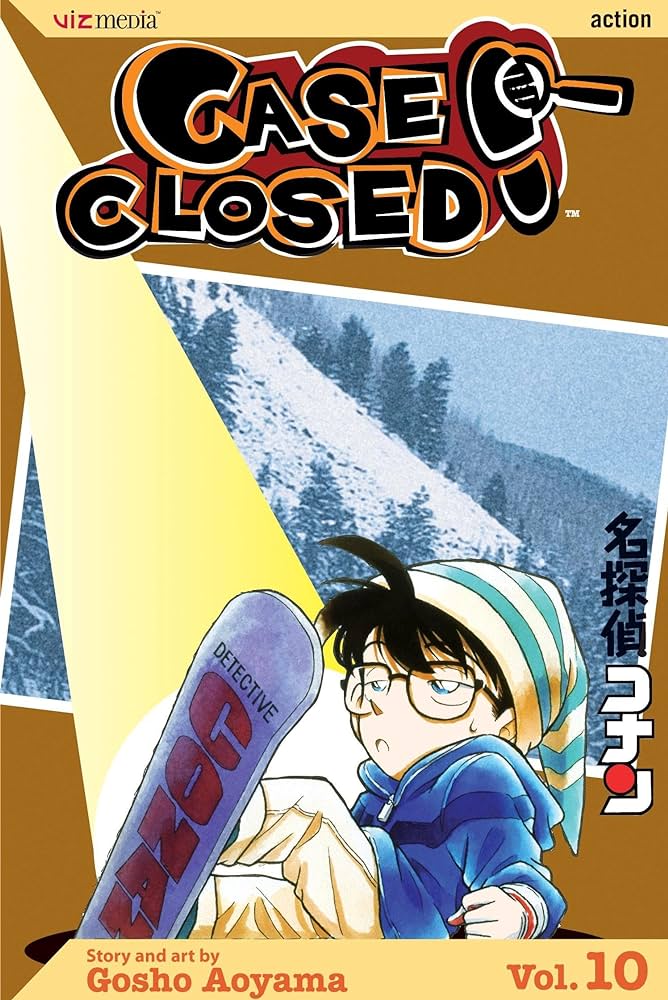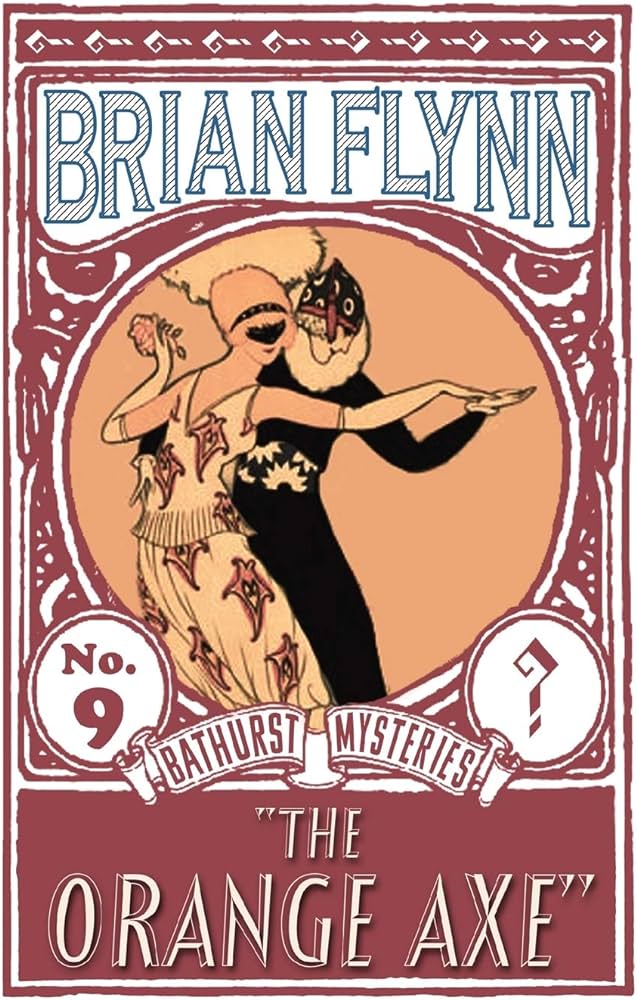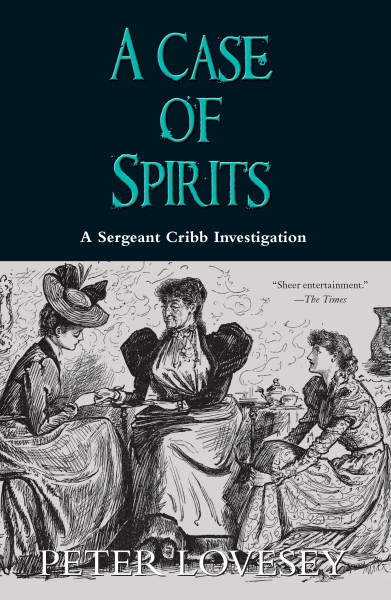
Originally Published 1954
In the early hours of the morning, a woman is found in the elevator of a plush apartment block on Santa Fe Road, Buenos Aires. She’s young, gorgeous—and dead.
It looks like suicide, and yet none of the building’s residents can be trusted; the man who discovered her is a womanizing drunk; her husband is behaving strangely; and upstairs, a photographer and his sister appear to be hiding something sinister. When Inspector Ericourt and his colleague Blasi are set on the trail of some missing photographs, a disturbing secret past begins to unravel.
Since starting this blog last year I have had some really positive experiences with the Pushkin Vertigo novels I have tried. I love how this range is bringing back works into print from different regions of the world and I have gushed about the beautiful cover designs that adorn these titles. While much of my collection is electronic these days, these gorgeous volumes are ones I make the effort to purchase physical copies of.
María Angélica Bosco is an author I was not familiar with before acquiring this book but the cover proudly declares that she is known as ‘the Argentinian Agatha Christie’ and we all know that this is never, EVER a misleading piece of advertising copy. Anyhow…
Death Going Down was Bosco’s first detective story. It begins with a man returns home in the early hours of the morning after a night on the town to discover a dead body of a woman in the elevator who has apparently taken cyanide. She does not live in the apartment building yet she has a key.
There are no signs of a struggle which raises the question: why would a woman go to an apartment block she does not live in and commit suicide in an elevator?
On the case are Inspector Ericourt and Blasi, a pair of Police investigators who are never really introduced to the reader. I was a little surprised when I realized that this was their first appearance in a novel because I had expected a little more focus on establishing these characters but the only description we really get is that one is ‘a corpulent middle-aged man’ and a ‘younger man’. The other scant details we get have to emerge later in the novel through conversation.
The cast of suspects fares a little better though the characterizations often feel somewhat broad and unsympathetic. Several of the male characters come off as controlling and misogynistic while the caretaker’s wife is nosy and an immigrant woman is quiet and defers to her brother. The reader is unlikely to find anyone to sympathize with here and so whatever interest there is will have to come from the case itself.
That is not to say however that these characters are uninteresting. Bosco gives most of her characters at least one secret they are concealing either from the investigation or from the other people in their lives that Ericourt and Blasi will be able to discover at key points in the narrative. Not all of these will surprise but these small discoveries contribute to the sense that the investigation is making progress and help us understand some of the relationships between the suspects.
This sense of small, incremental progress characterizes the investigation as a whole in that it is quite slowly paced and based on trying to make sense out of confusion by bringing those secrets into the open. The detectives are not cut in the rigorous mold of an Inspector French, nor do they approach things from a psychological angle. Instead they rely on a mix of intuition and experience as they make connections between the pieces of information they have at their disposal to try to come up with a theory that will make sense of all of the facts of the case.
I did not inherently dislike this approach but I do question its execution here. Unfortunately I felt that the pacing was surprisingly slow at points for a novella that is just 150 pages long and which contains multiple murders by its end. Furthermore I was disappointed by the solution that Bosco presents us with, feeling that the choice of murderer was obvious and uninspired. There was at least one suspect that I felt would have been a more interesting choice and several that would have been more surprising. Instead the ending feels comfortable, predictable and safe which are not the attributes I associate with this particular range of novels.
Death Going Down may not have lived up to my high expectations but it does at least have a few things going for it. The first is its post-war Argentine setting which I think is effectively conveyed even with Bosco’s economical storytelling style. While I think the killer’s identity was a bore, I appreciated that their plan is quite clever and stood a good chance of going undetected if an element of it had not gone wrong. Finally I did find some of the suspects’ secrets that are uncovered to be interesting, even if the process of discovering them is a little drawn out.
Though I didn’t love this title, I would be interested in sampling some more of her work from later in her career. Unfortunately this seems to be the only one of her works to have been translated into English so I doubt there will be much chance of that happening any time soon.




Leave a comment